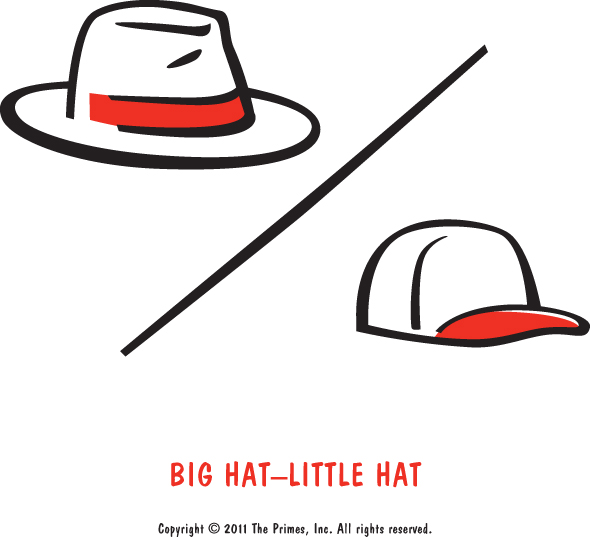
What do you do when the needs of the many conflict with the needs of the few?
BIG HAT–LITTLE HAT represents a powerful right versus right dilemma that groups confront constantly. It's fun to put on a BIG HAT, think like the CEO, and make decisions that are good for the company. It's natural and unavoidable, however, to put on a LITTLE HAT and assess how corporate actions impact your unit or local operation. People who wear these two hats will never see the same issue in the same way. And until you name both viewpoints, the conflict between them will be pervasive—yet relatively invisible.
BIG HAT–LITTLE HAT once plagued a transformation initiative at the US Army National Guard (ARNG) taking place at the closing of the twentieth century. At that time Major General William Navas was the Director of the ARNG and a passionate leader with a deep understanding of the US Constitution and the framers' intent. When General Navas directed the Guard, it was made up of 360,000 soldiers under the leadership of 54 adjutant generals (TAGS). Most of the time, the TAGS reported to the state governors. This structure was Thomas Jefferson's way of ensuring that the President couldn't send troops in against the states. In time of war, however, the Guard could be mobilized under federal control.
Since its inception, the National Guard has functioned with this embedded split. On ...
Get The Primes: How any Group can Solve any Problem now with the O’Reilly learning platform.
O’Reilly members experience books, live events, courses curated by job role, and more from O’Reilly and nearly 200 top publishers.

